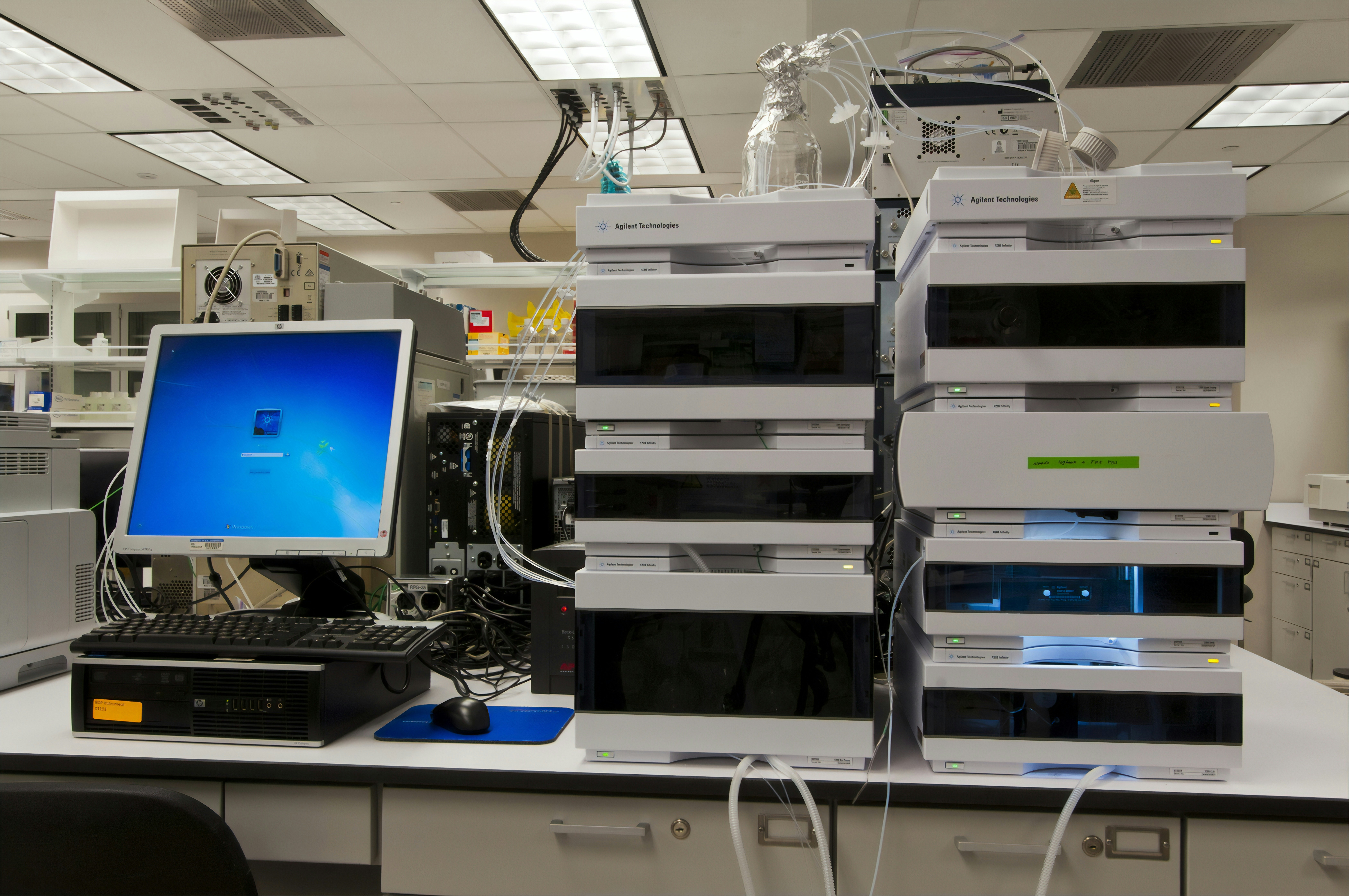Psychiatric disorders are a pressing public health challenge, posing a significant threat to the well-being of millions of people worldwide. Their elusive etiology, rooted in the complex interplay of genetic, environmental, and neural factors, requires innovative research approaches. Over the past two decades, significant advances in multi-modal neuroimaging techniques have opened new avenues for non-invasively mapping regional brain morphometry and activity. These advances have significantly enhanced our ability to examine both the structural and functional connectivity among various brain regions. Connectomics research offers a comprehensive mapping of connections within the brain, encapsulating both the brain’s structural wiring diagram and its dynamic functional interactions. Connectomics studies provide critical insights into the pathophysiology of psychiatric conditions and offer potential biomarkers for their diagnosis and the evaluation of treatment efficacy.
It is imperative to recognize the transformative impact of the synergy between connectomics and neuroimaging big data, ushering in a new era of neuroscience research that promises to revolutionize our understanding of psychiatric disorders. The integration of massive datasets, sophisticated computational algorithms, and cutting-edge multivariate imaging tools is enabling researchers to delve into the intricacies of brain function and dysfunction with unprecedented depth. This collaboration between neuroscientists, data scientists, and clinicians has led to groundbreaking initiatives. The wealth of data being collected, combined with innovative analysis methods, is reshaping our understanding of psychiatric disorders and providing insights that were once considered unattainable.
This review comprehensively summarizes recent advances in connectomics and neuroimaging big data in psychiatric disorders. It highlights several multisite neuroimaging datasets that hold immense potential for groundbreaking discoveries in various psychiatric disorders, presents innovative methods for multicenter and multidimensional data analysis—particularly connectome-based meta-analytic and multivariate analysis methods—demonstrates the critical value of these methods in synthesizing findings from multisite data and in exploring associations with demographics, symptomatology, behavioral and cognitive metrics, and genetic data, and discusses the emerging issues and challenges in the field that will shape the future trajectory of psychiatric research.

